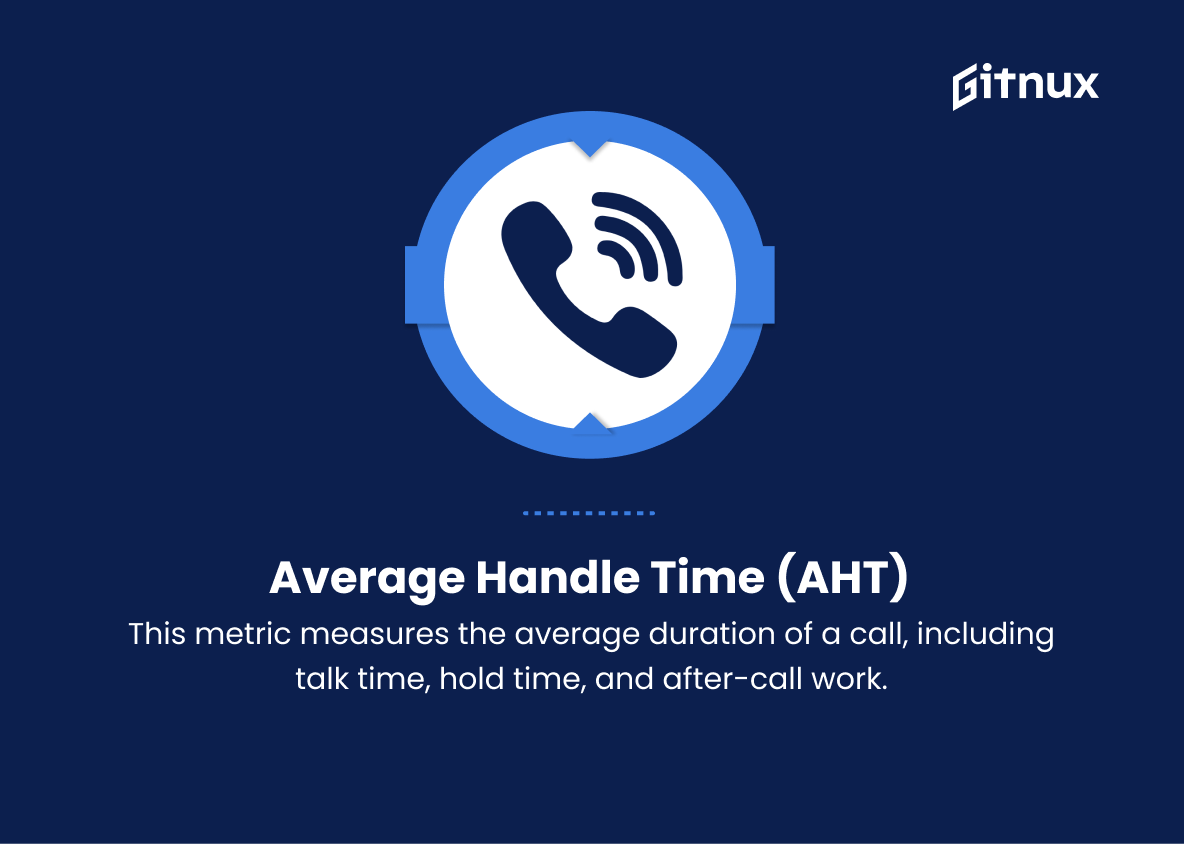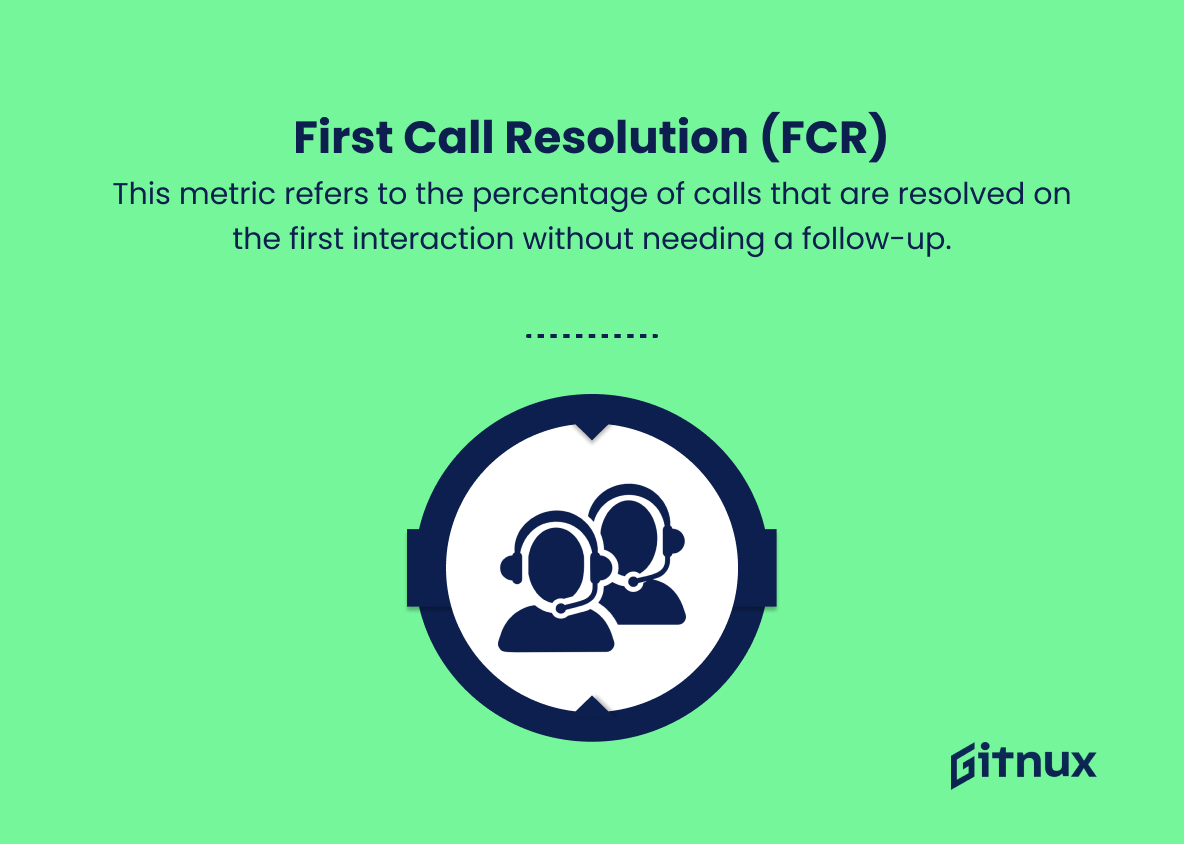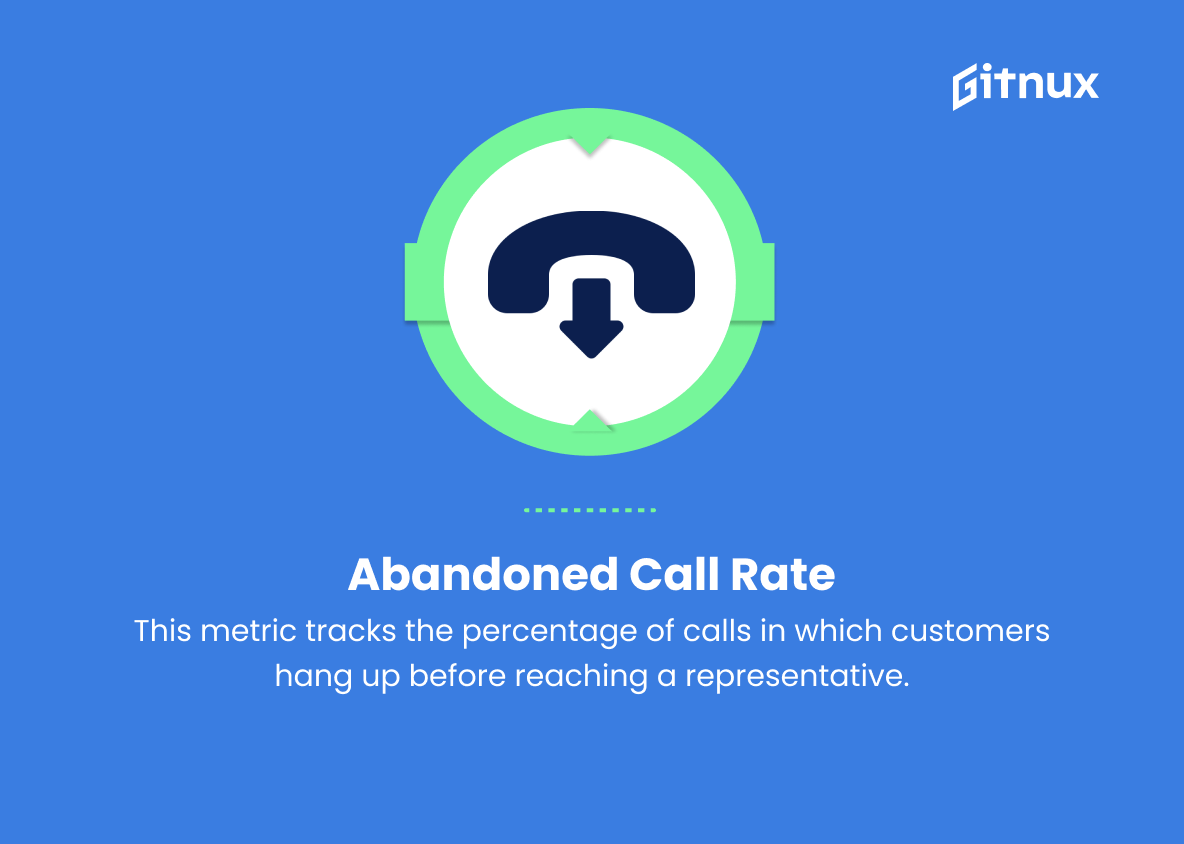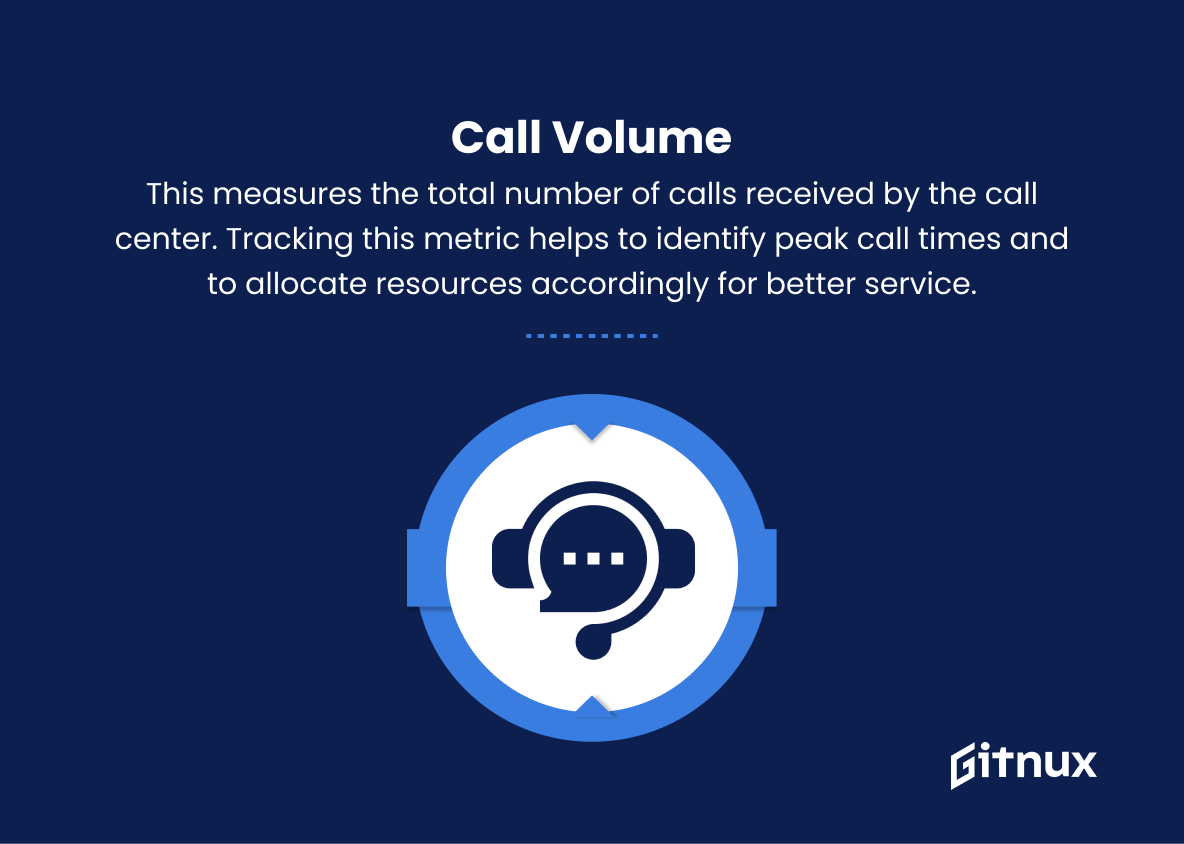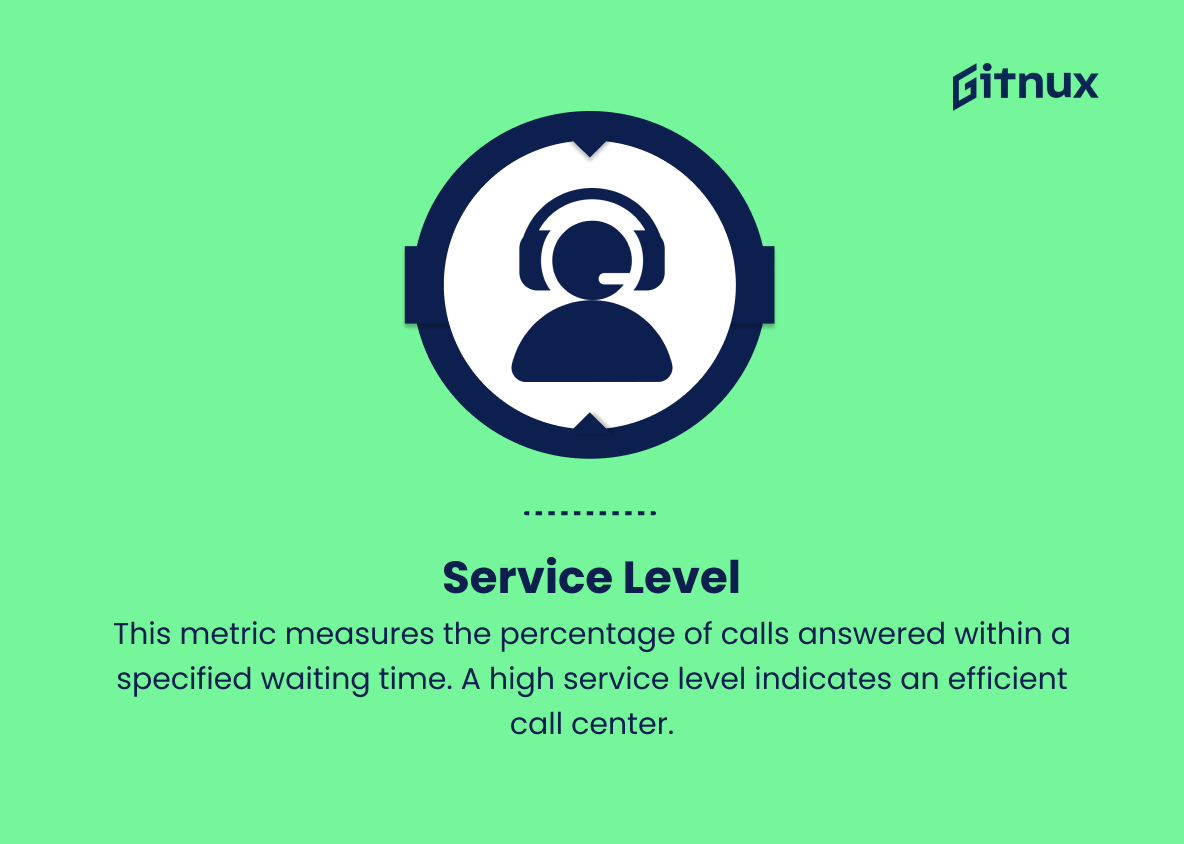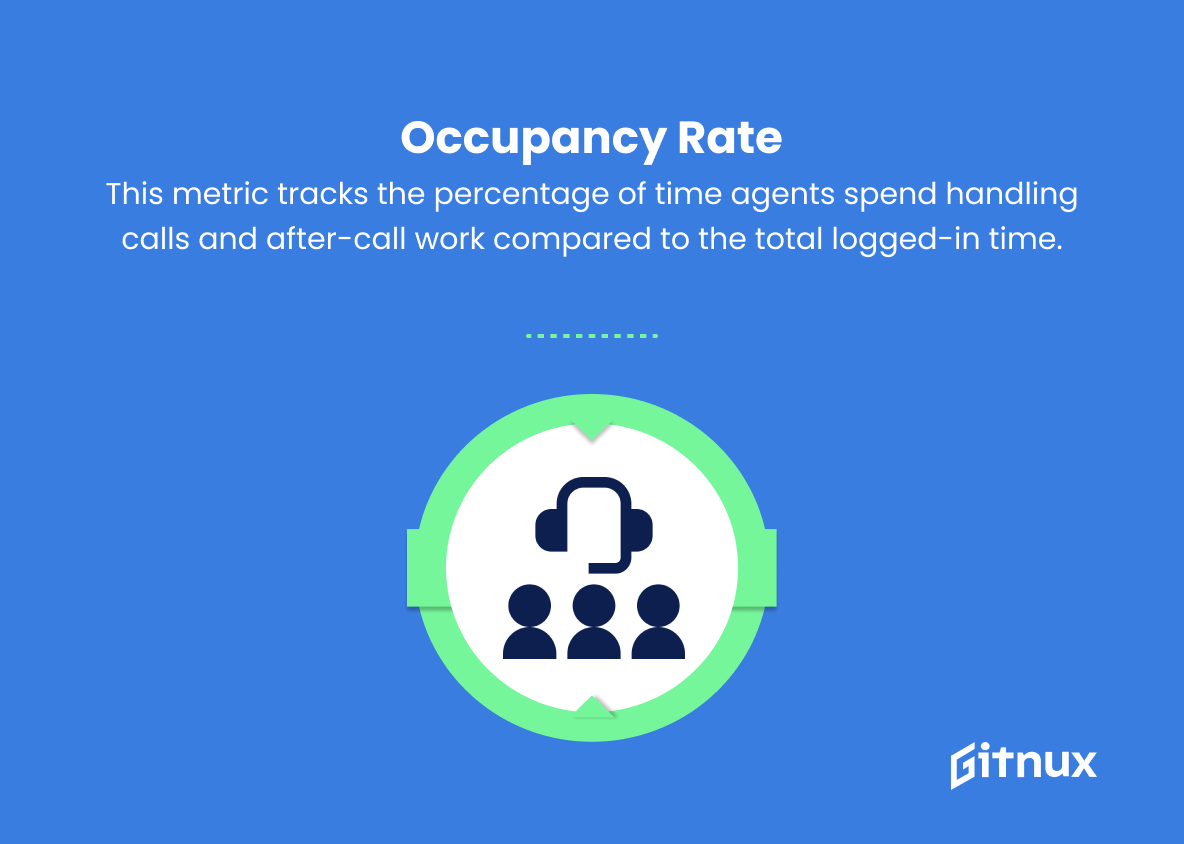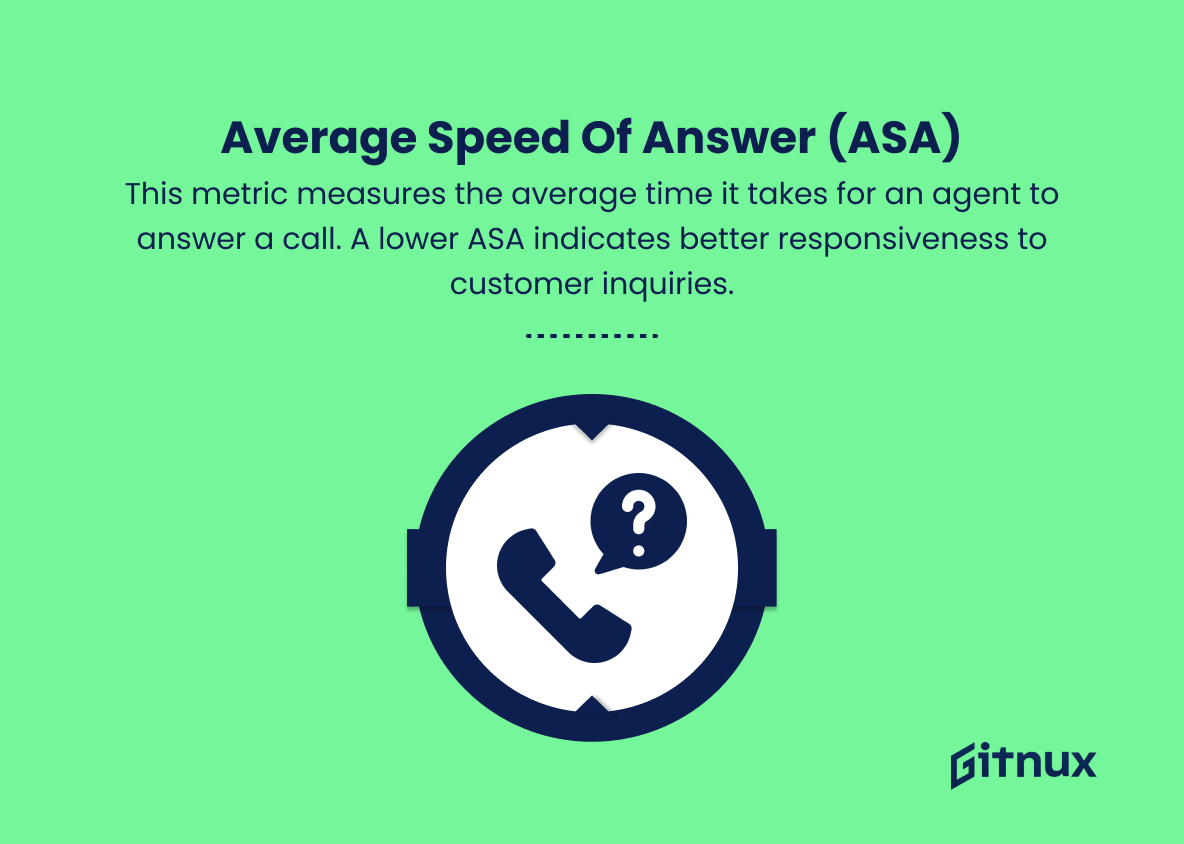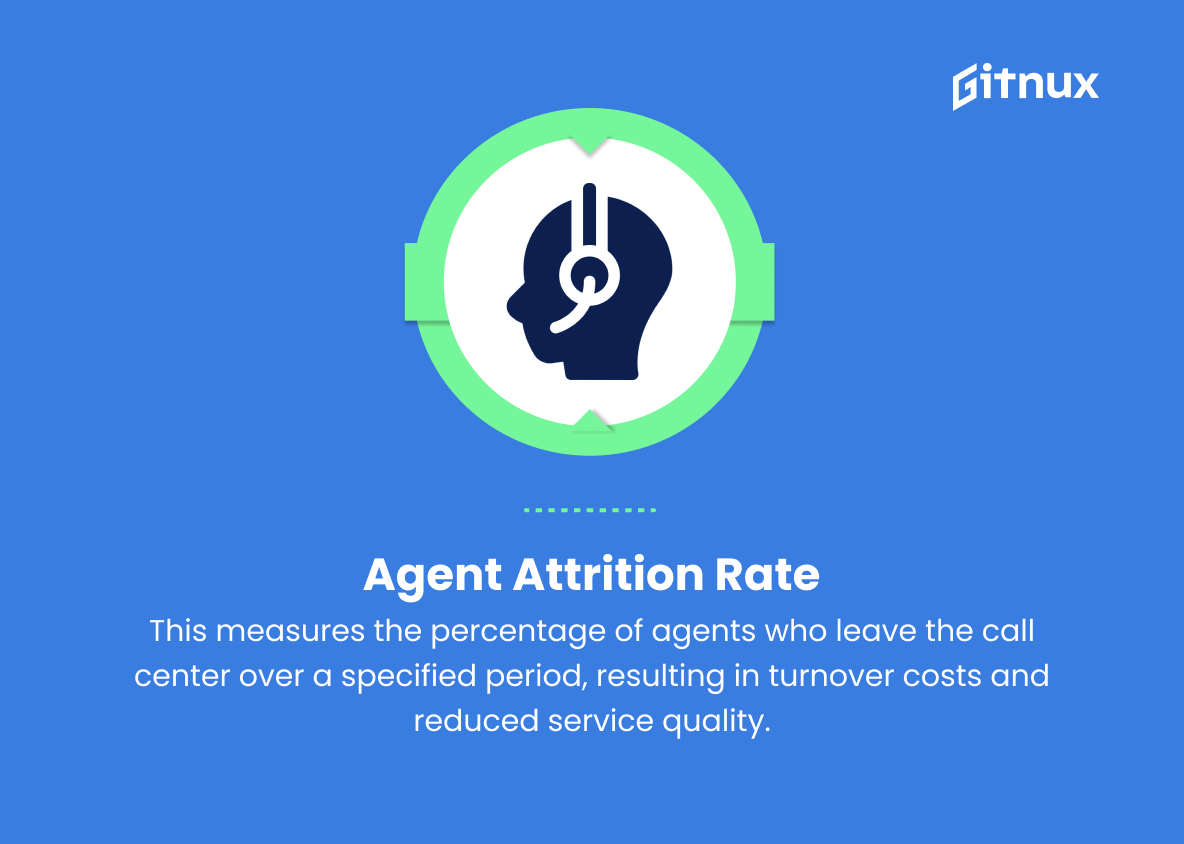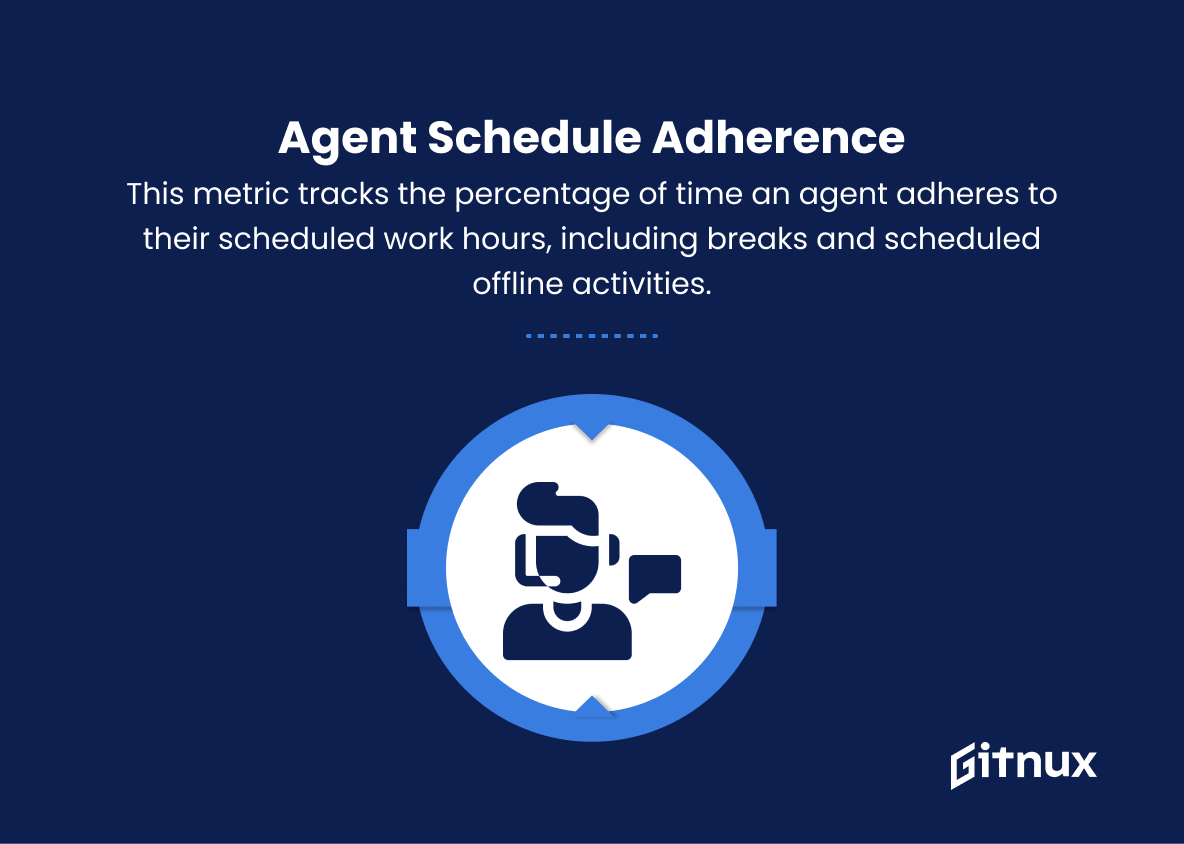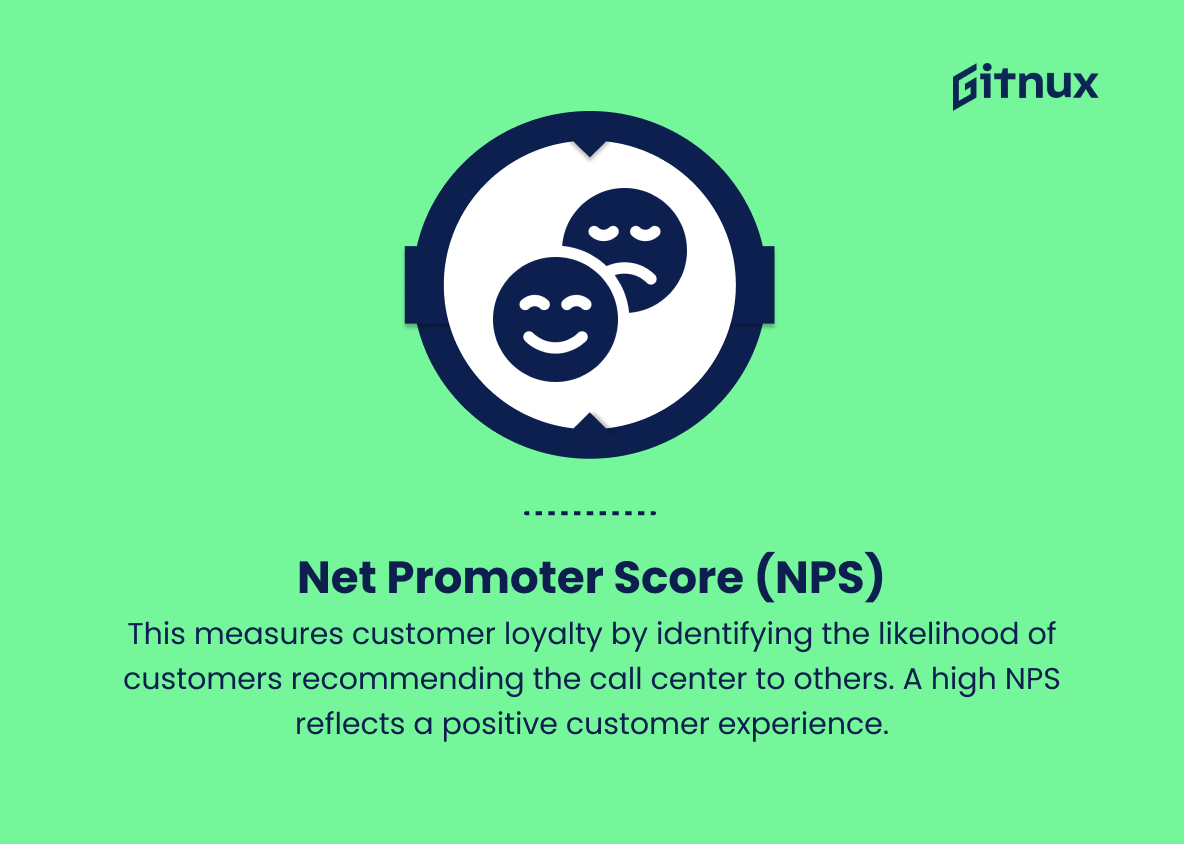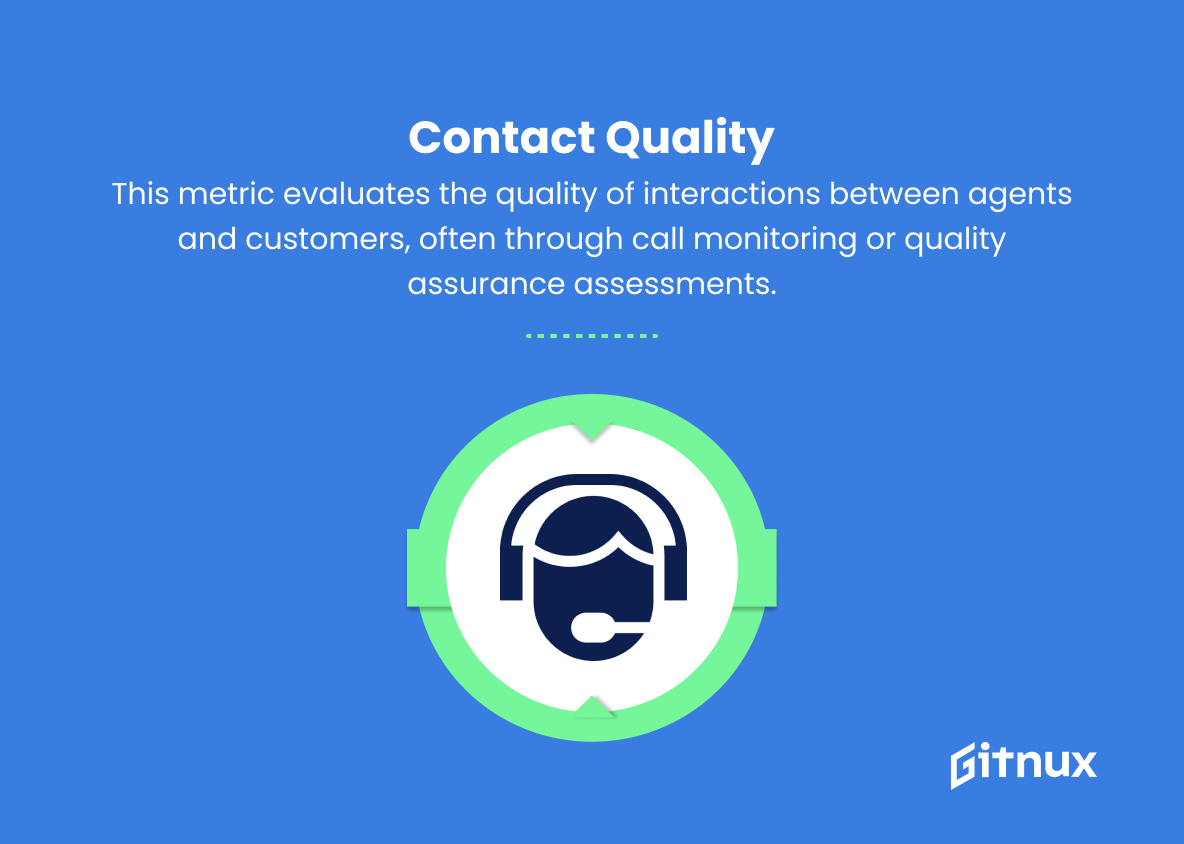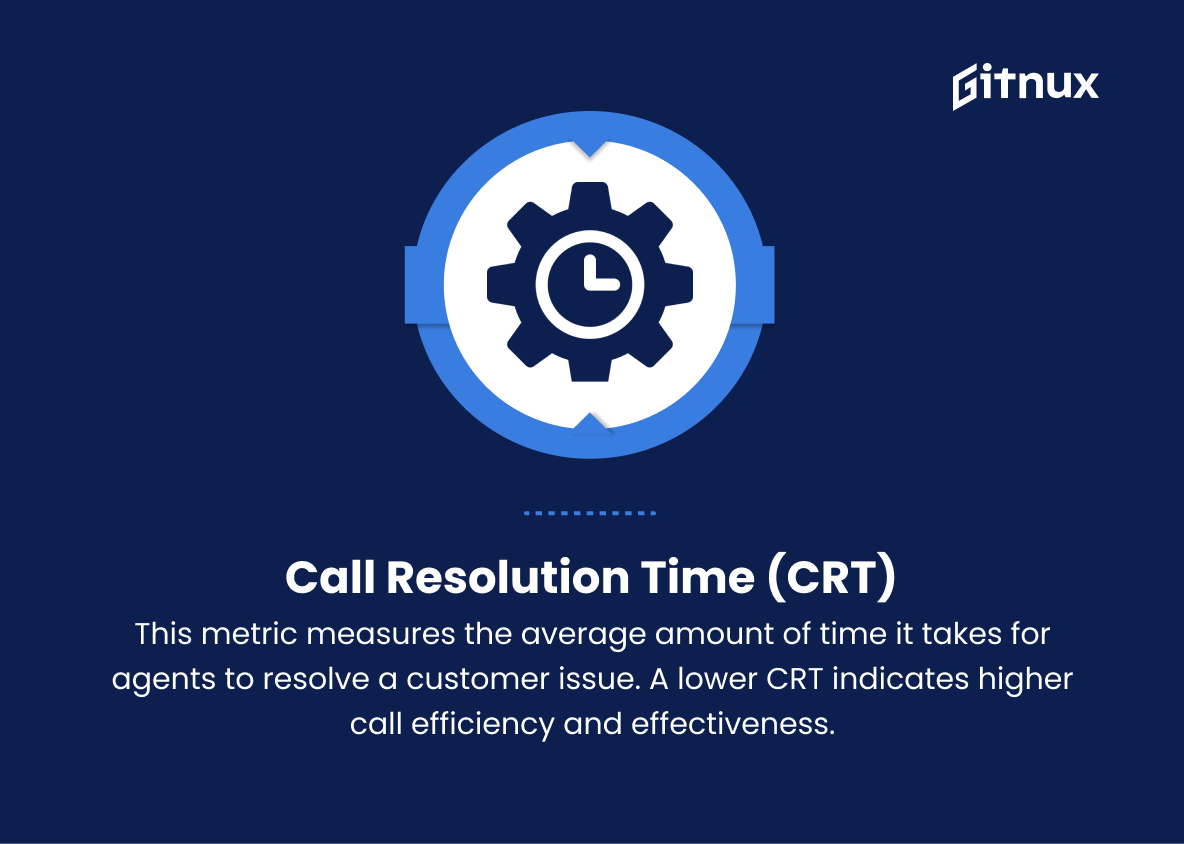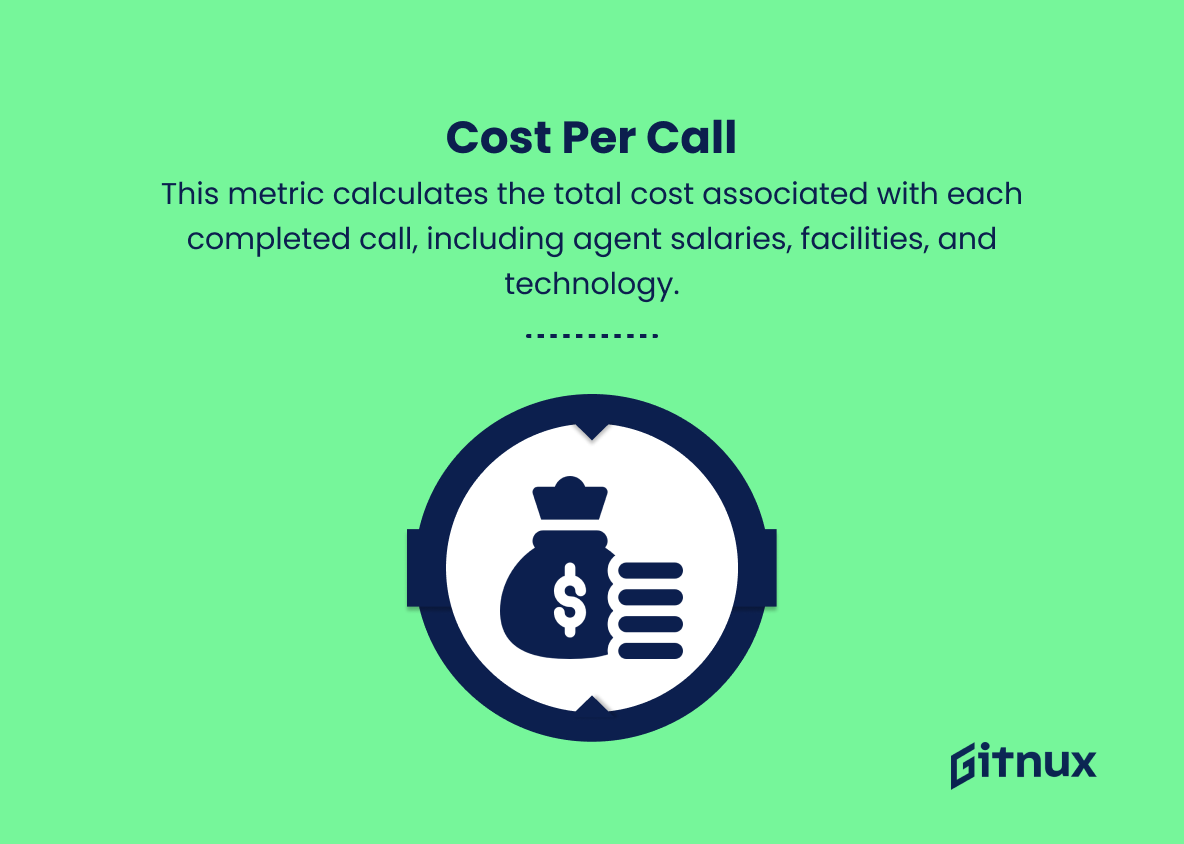In today’s fast-paced and increasingly demanding business landscape, exceptional customer service is not just a valuable asset, but an essential cornerstone for companies seeking to thrive and maintain a competitive edge. Call centers play a critical role in delivering high-quality customer service experiences, and therefore, understanding and evaluating the appropriate metrics is key to ensuring their success.
In this insightful blog post, we will explore the significance of customer service call center metrics, break down the various metrics essential to evaluate performance, and discuss how a conscious, data-driven approach can significantly boost customer satisfaction, brand reputation, and, ultimately, your company’s bottom line.
Customer Service Call Center Metrics You Should Know
1. Average Handle Time (AHT)
This metric measures the average duration of a call, including talk time, hold time, and after-call work (e.g., updating customer records or emails). A lower AHT indicates efficient call handling.
2. First Call Resolution (FCR)
This metric refers to the percentage of calls that are resolved on the first interaction without needing a follow-up. A high FCR rate indicates good quality service and customer satisfaction.
3. Abandoned Call Rate
This metric tracks the percentage of calls in which customers hang up before reaching a representative. A high abandoned call rate indicates long wait times or poor call routing, leading to customer dissatisfaction.
4. Call Volume
This measures the total number of calls received by the call center. Tracking this metric helps to identify peak call times and to allocate resources accordingly for better service.
5. Service Level
This metric measures the percentage of calls answered within a specified waiting time (e.g., answering 80% of calls within 20 seconds). A high service level indicates an efficient call center.
6. Occupancy Rate
This metric tracks the percentage of time agents spend handling calls and after-call work compared to the total logged-in time. A high occupancy rate signifies optimal agent utilization.
7. Customer Satisfaction (CSAT)
This measures the overall satisfaction level of customers with the call center service. This metric is typically gathered through post-call surveys and feedback.
8. Average Speed of Answer (ASA)
This metric measures the average time it takes for an agent to answer a call. A lower ASA indicates better responsiveness to customer inquiries.
9. Agent attrition rate
This measures the percentage of agents who leave the call center over a specified period, resulting in turnover costs and reduced service quality.
10. Agent schedule adherence
This metric tracks the percentage of time an agent adheres to their scheduled work hours, including breaks and scheduled offline activities. High adherence helps maintain optimal staffing levels.
11. Net Promoter Score (NPS)
This measures customer loyalty by identifying the likelihood of customers recommending the call center to others. A high NPS reflects a positive customer experience.
12. Contact Quality
This metric evaluates the quality of interactions between agents and customers, often through call monitoring or quality assurance assessments. High contact quality scores indicate well-trained, knowledgeable agents.
13. Call Resolution Time (CRT)
This metric measures the average amount of time it takes for agents to resolve a customer issue. A lower CRT indicates higher call efficiency and effectiveness.
14. Cost Per Call
This metric calculates the total cost associated with each completed call, including agent salaries, facilities, and technology. A lower cost per call indicates a more cost-effective call center operation.
15. Transfer Rate
This measures the percentage of calls that are transferred to another agent or department to resolve the issue. A low transfer rate indicates efficient call routing and well-trained agents equipped to handle most inquiries.
Customer Service Call Center Metrics Explained
The importance of Customer Service Call Center Metrics lies in their ability to ensure the efficiency, effectiveness, and overall satisfaction of both customers and agents. These metrics, such as Average Handle Time (AHT), First Call Resolution (FCR), and Abandoned Call Rate, play a crucial role in measuring the performance and productivity of the call center.
Monitoring metrics like Call Volume and Service Level allows for better resource allocation and leads to increased customer satisfaction. Factors such as Occupancy Rate, Agent Attrition Rate, and Agent Schedule Adherence help ensure optimal staffing levels and agent utilization. Metrics like Customer Satisfaction (CSAT), Average Speed of Answer (ASA), and Net Promoter Score (NPS) provide insights into the overall success of the call center and its customer relationships.
Evaluating Contact Quality ensures well-trained and knowledgeable agents, while Call Resolution Time (CRT) and Cost Per Call streamline overall operations for better outcomes. Finally, measuring Transfer Rate guarantees efficient call routing to improve the customers’ experience and reduce the need for multiple interactions.
Conclusion
In conclusion, effective measurement of call center metrics is crucial for driving performance, meeting customer expectations, and ensuring business success. Monitoring KPIs like handle time, first-call resolution, and satisfaction leads to informed decisions focused on service quality and efficiency. Prioritizing employee engagement and satisfaction also impacts service quality. By prioritizing these metrics and fostering a culture of continuous improvement, businesses create a thriving call center environment that delivers exceptional service and boosts growth.
